Ferrari F80 Hypercar Unveiled with 1,184bhp twin-turbo V6 Hybrid and 350 km/h Top Speed
According to Ferrari, the F80 hypercar can go from 0 to 100km/h in just 2.15 seconds, with 200km/h achievable in 5.8 seconds. The top speed stands at 350km/h.

Ferrari has introduced the 2025 F80 hypercar, which follows in the footsteps of iconic predecessors, including the 1984 288 GTO, the 1987 F40, the 1995 F50, the 2002 Enzo, and the 2013 LaFerrari, furthering the legendary lineage of the Italian brand. The F80 hypercar combines Ferrari's traditional performance with modern hybrid technology, delivering enhanced power and improved fuel efficiency. It features a hybrid powertrain that pairs a 120-degree, 3.0-litre twin-turbo V6 engine with electric motors. With only 799 units available and a price tag of 3.6 million Euros (around Rs 31.64 crore), the F80 represents a notable break from the manufacturer’s usual approach. The deliveries will commence in the fourth quarter of 2025. With its streamlined design and advanced engineering, the F80 aims to maintain Ferrari’s position at the forefront of the hypercar market.
Ferrari F80 Hypercar: Power and Performance Figures
The F80 boasts a plug-in hybrid powertrain that delivers an astounding 1184bhp, incorporating advanced technology derived from Ferrari's Formula 1 expertise. Its mid-mounted 3.0-litre twin-turbo V6 engine, combined with three electric motors, achieves this remarkable power output, promising blistering acceleration. With two electric motors powering the front wheels, the F80 also features all-wheel drive. It comes equipped with an eight-speed dual-clutch automatic transmission and an active suspension system controlled by four 48V electric motors that adjust damper stiffness at each wheel.

Ferrari reports impressive acceleration figures for its new flagship model. According to the company, the car can reach from 0 to 100km/h in just 2.15 seconds, with 200km/h achievable in 5.8 seconds. The top speed stands at 350km/h.
Also Read: F1: Santander Becomes Official Formula 1 Partner Following Ferrari Departure
The F80 sets new aerodynamic benchmarks with its Formula 1-inspired elements, producing 1050 kg of downforce at 250km/h. Its cutting-edge underfloor design incorporates barge boards, a tri-plane wing, and an active rear wing capable of lifting 200mm and tilting. The chassis utilises an asymmetric carbon fiber structure, with the driver’s side being wider than the passenger’s, resulting in a 5% weight reduction and a 50% increase in stiffness compared to the LaFerrari.
Ferrari F80 Hypercar: Design Elements

Like all of Ferrari's latest models, the F80's design highlights the contrast between the body-coloured upper section and the painted carbon-fibre lower section, showcasing the car's technical functions. In the F80, designers intentionally avoided giving the front an anthropomorphic appearance; instead, the headlights are hidden within a visor – a black screen that serves both aerodynamic and optical purposes, adding to the car's unique look. The rear is defined by a truncated tail design and offers two configurations: one with the wing retracted and another with it raised. The rear lights are set within a dual-layer structure, combining the transom and spoiler, creating a sandwich effect that enhances the sporty character in both setups.
Also Read: Ferrari Roma Spider Review: Going Topless!
Ferrari F80 Hypercar: Interior
In the F80, Ferrari minimised the width of the central tub to lower both drag and weight, resulting in a cockpit that, according to the brand, offers a single-seater-like experience. The driver’s seat is divided from the passenger’s by a raised centre console, resembling the layout found in the Chevrolet Corvette, and is positioned slightly ahead of the passenger seat.

The F80 also introduces a new, custom-designed steering wheel, which is smaller than the LaFerrari’s version and features a flat top and bottom. Physical buttons have returned to the spokes on either side, replacing the fully digital controls that Ferrari has favoured in recent years.
The safety features come in the form of automated emergency braking, adaptive cruise control, lane-keeping assist, and automatic high-beam headlamps.
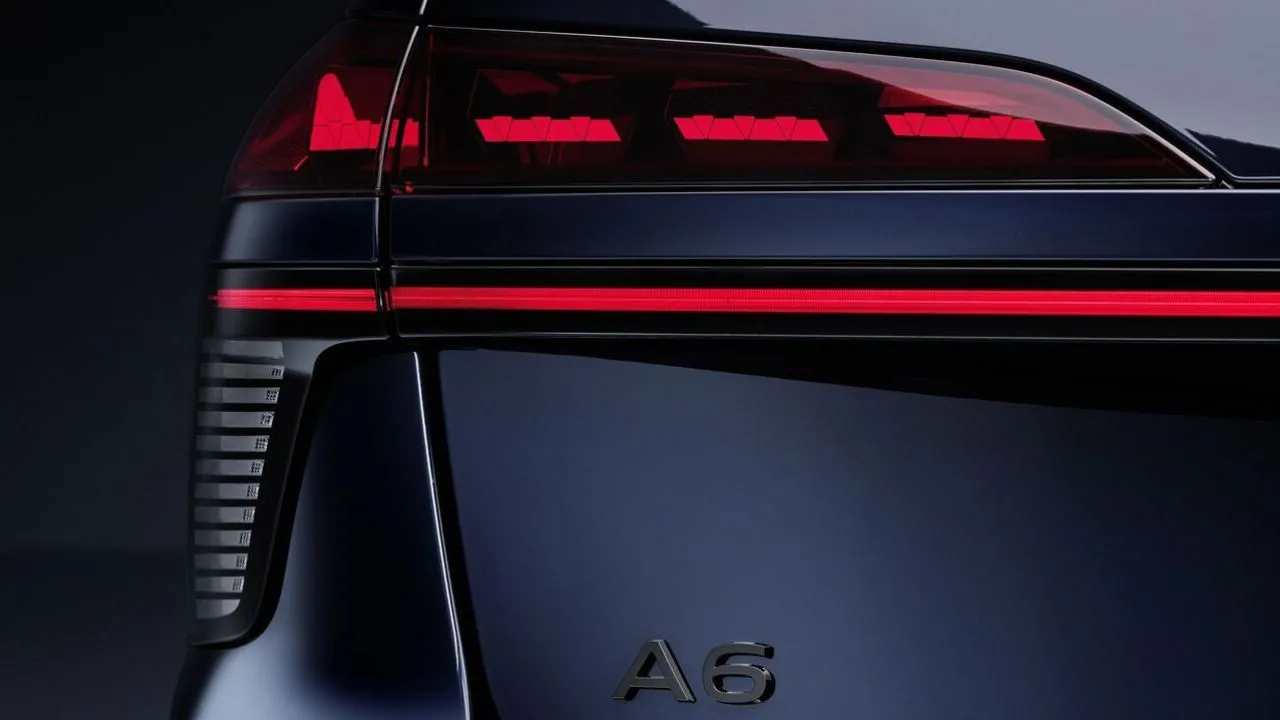
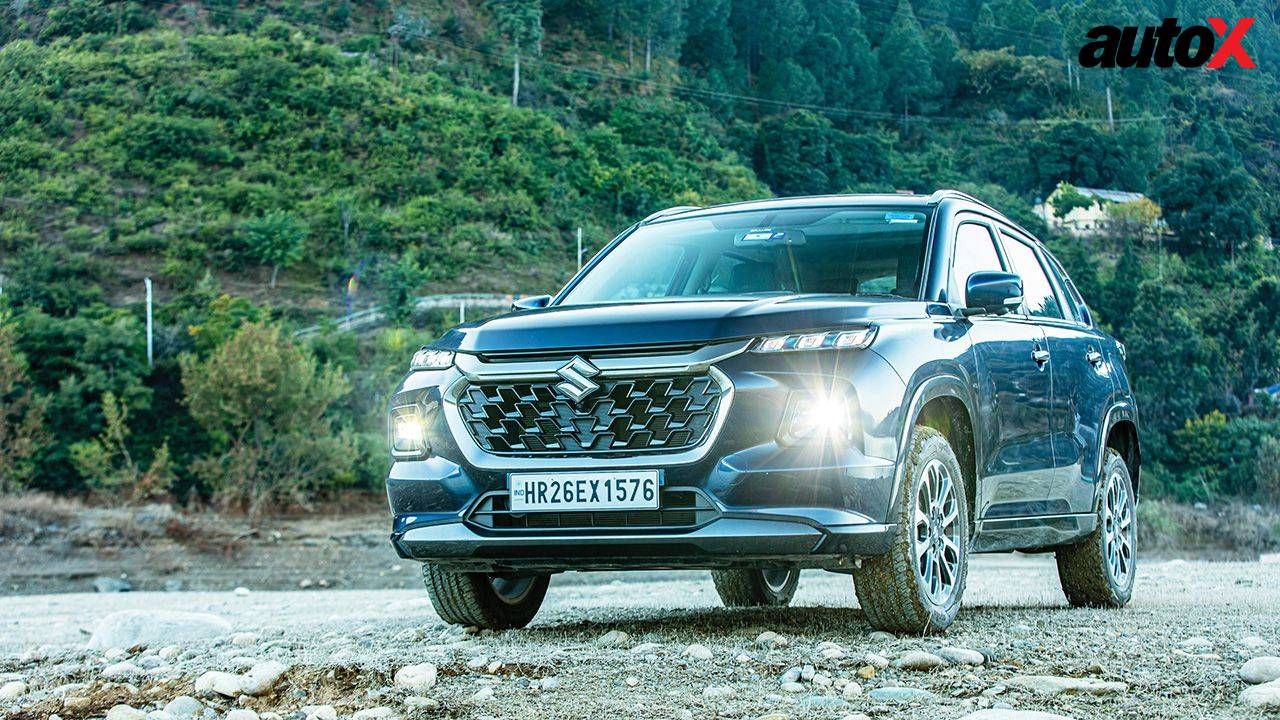
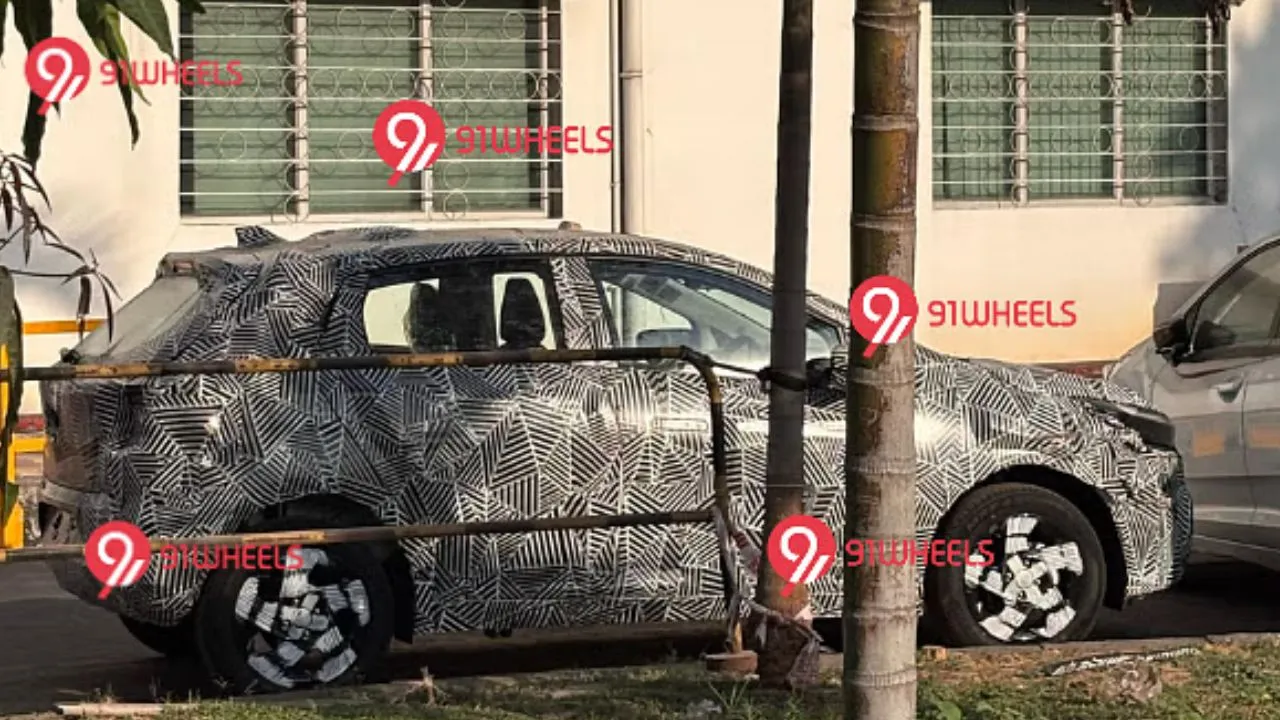
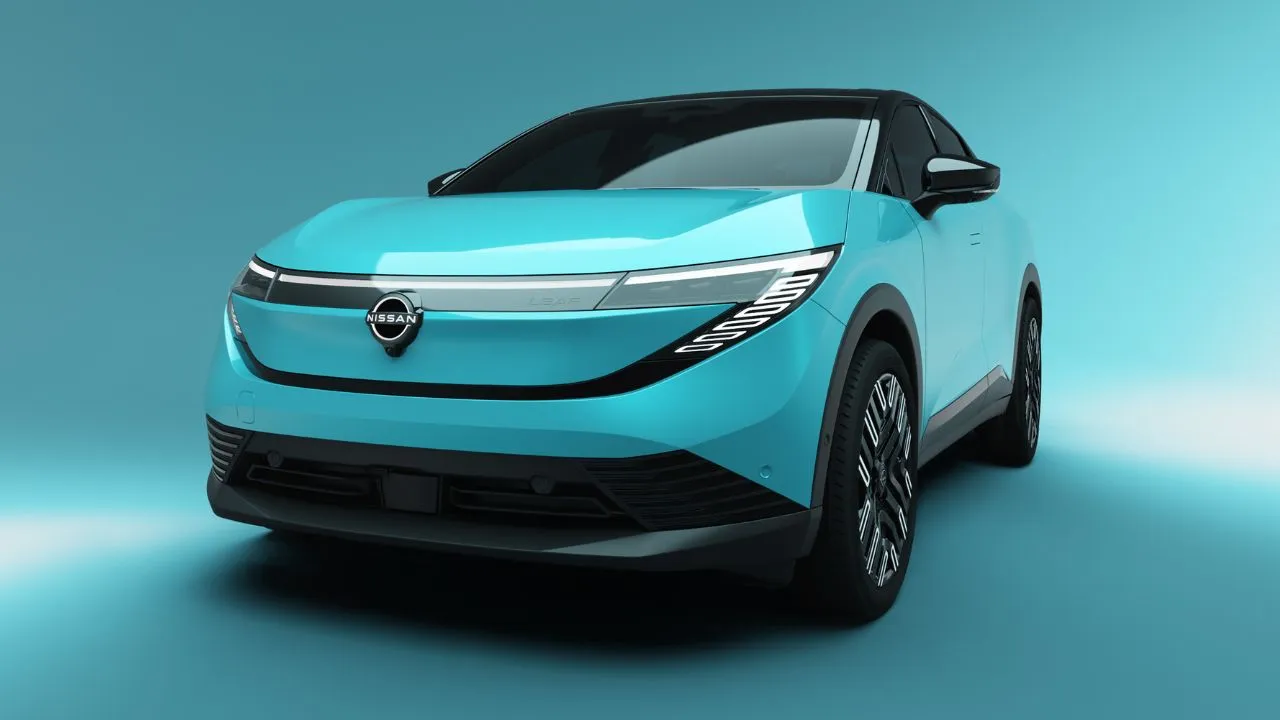
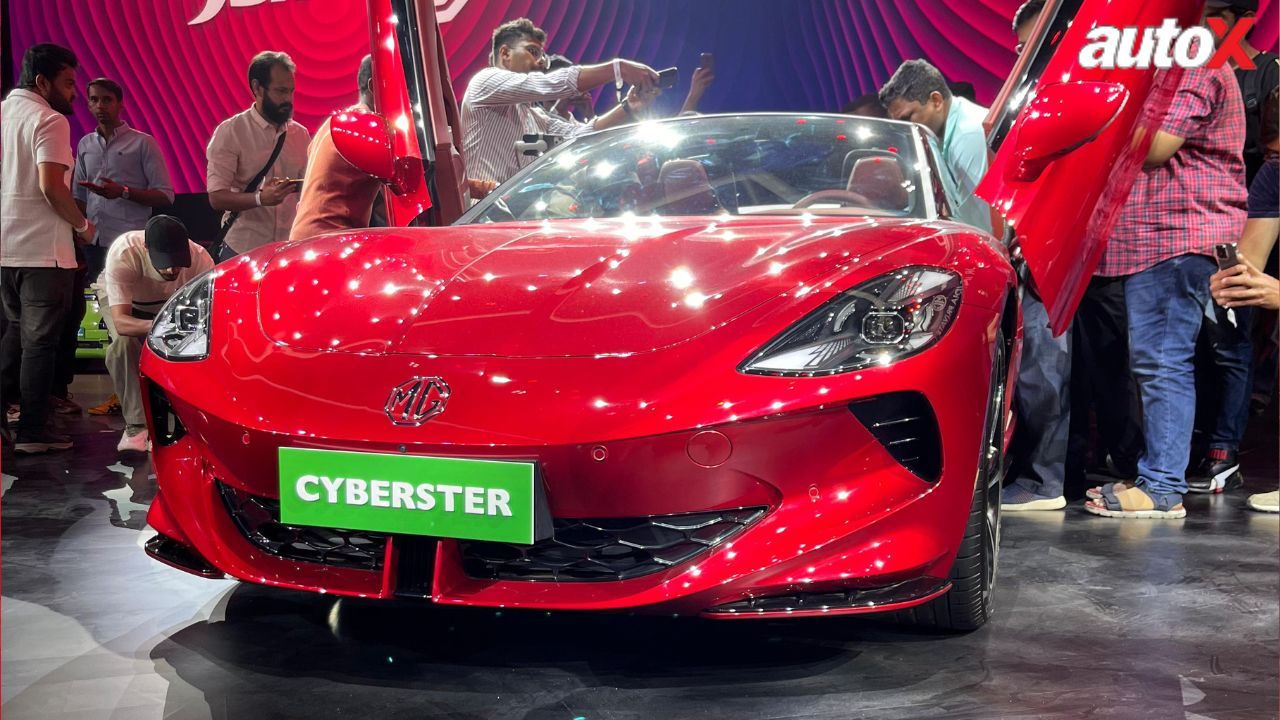
.webp)


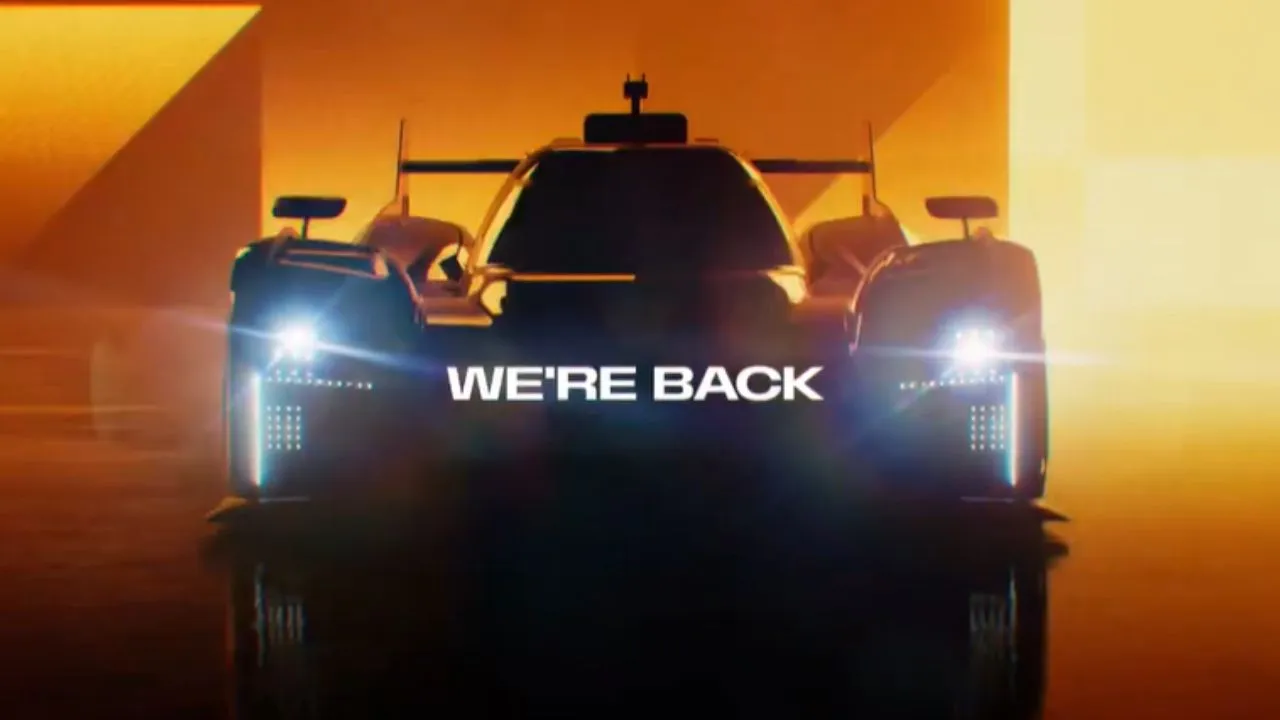

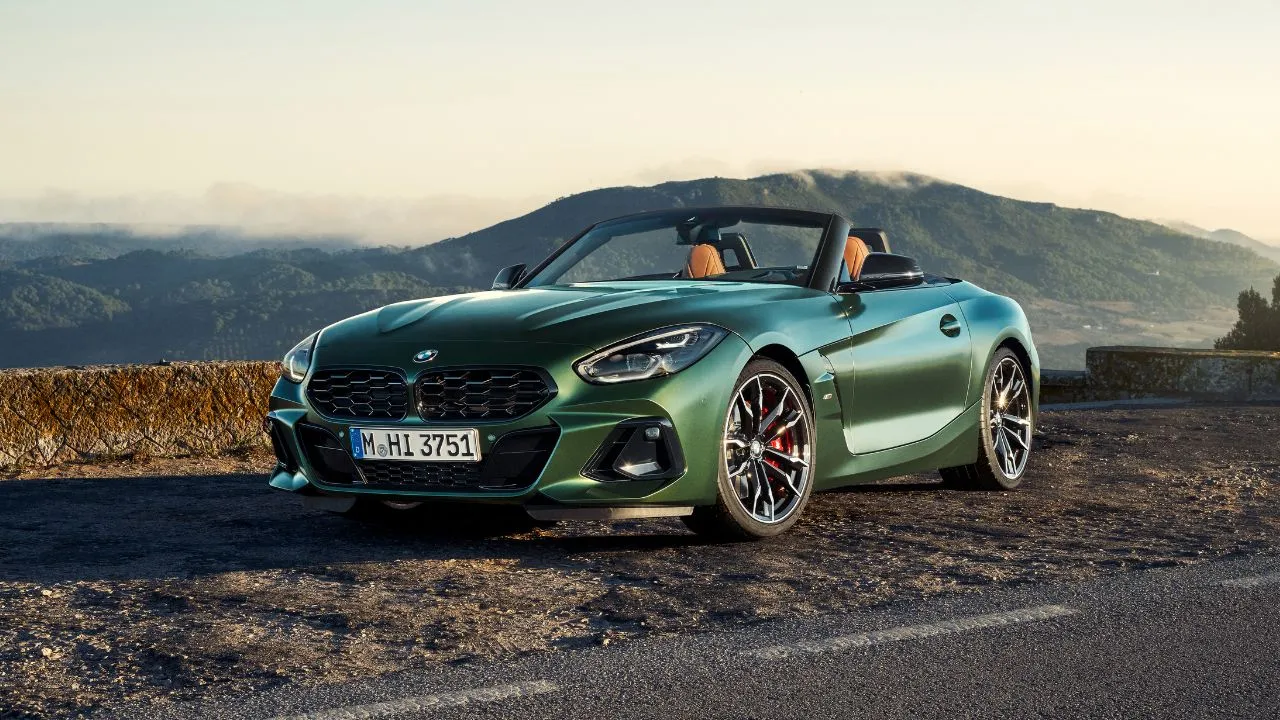



















Write your Comment on